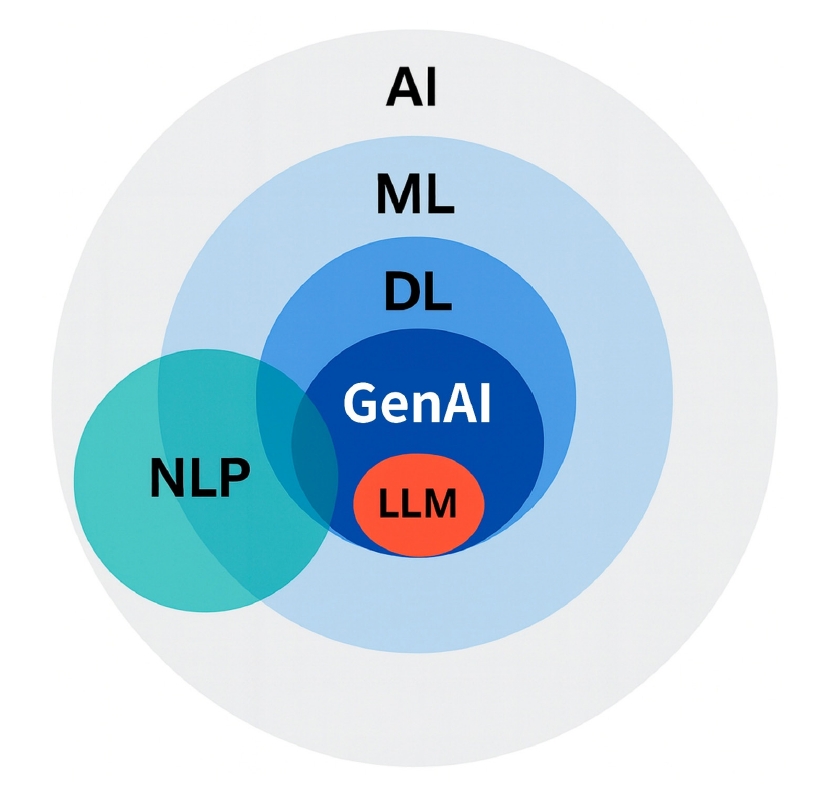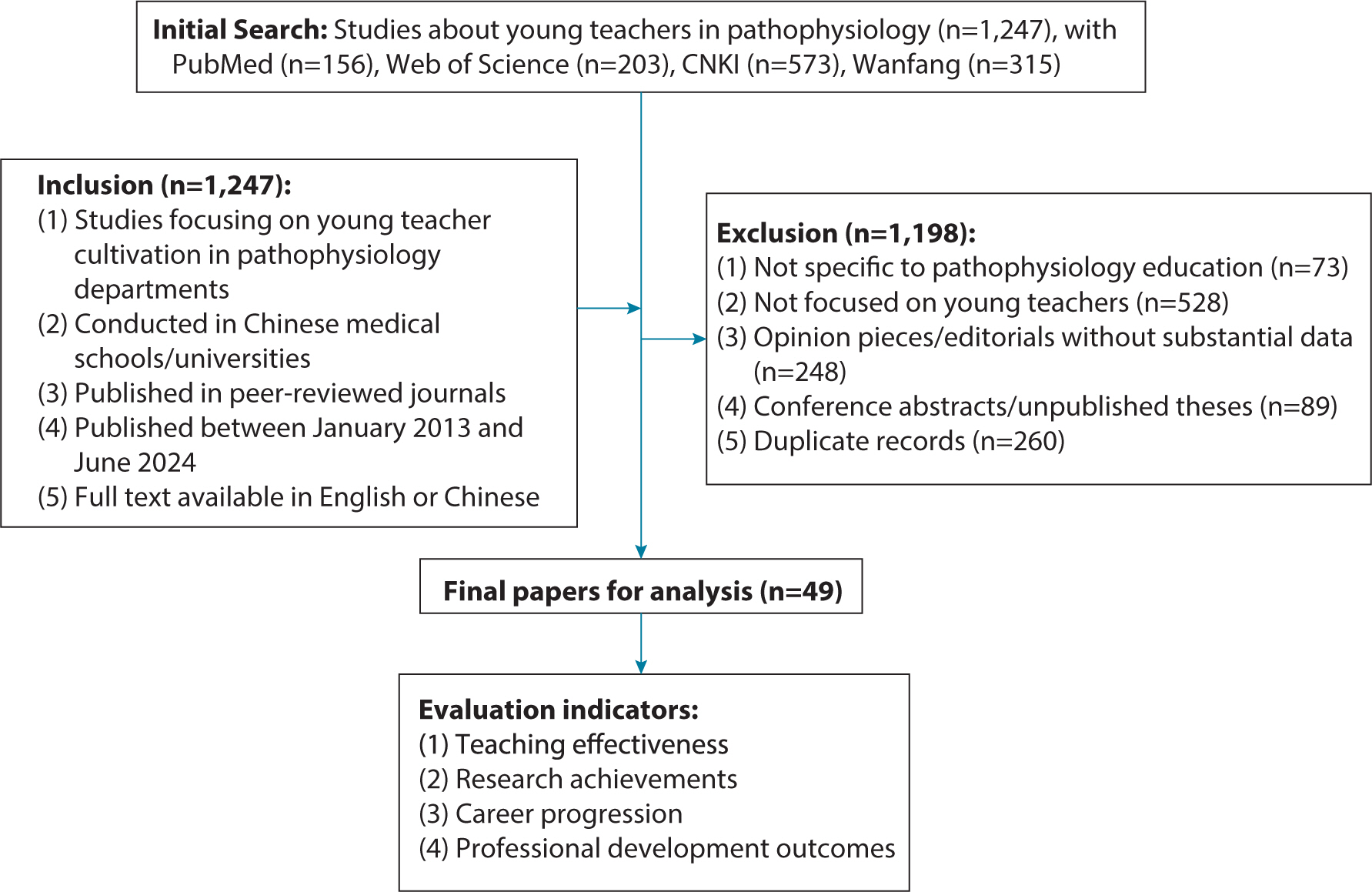
 , Jihyun Ahn
, Jihyun Ahn

This narrative review examines the challenges, strategies, and future directions in the development of young teachers within the pathophysiology departments of Chinese medical colleges. A thorough review of 49 studies published between 2013 and 2024 was carried out using PubMed, Web of Science, and various Chinese databases. The primary challenges identified include teaching innovation (cited in 84.2% of the studies), research pressure (91.2%), disciplinary characteristics (87.7%), and career development (80.7%). Medical schools have responded by enhancing training systems (94.7%), innovating teaching methods (93.0%), and bolstering research support (96.5%). Looking ahead, trends are shifting toward the application of new technologies, interdisciplinary integration, and international collaboration. The focus on cultivating young teachers is increasingly geared towards personalization and diversification, which are essential for advancing education in pathophysiology. High-quality young teachers are pivotal in raising teaching standards, fostering research innovation, and facilitating interdisciplinary exchanges. Based on these insights, we recommend several practical measures to enhance the quality of pathophysiology education in China. These include establishing comprehensive training programs that integrate teaching innovation and research skills; developing structured mentorship systems with clear pathways for career advancement; creating platforms that support technology-enhanced teaching and international collaboration; and implementing systematic evaluation mechanisms to assess teaching effectiveness. These targeted interventions will require a coordinated effort from department heads, educational institutions, and policymakers to ensure a sustained improvement in the quality of pathophysiology education.

In order to examine the issue of women and health in Korean society, we need to adopt a new approach to consider health and body as a subject of social theory beyond the biomedical model. Health and diseases are not objective entities defined by universal standards that are separate from the patient or physician's life experience, but rather the products of social, cultural, and political processes. From this point of view, this paper explores Korean women and health in two aspects of health and medical field, that is, women as medical service beneficiaries and providers. First, the gender paradox phenomenon—women live longer, but suffer from more illnesses—was confirmed by evaluating the physical and mental health status of women. The life expectancy of Korean women is longer, but their morbidity rate of physical and mental health and subjective health evaluation is worse than men. Second, as medical service providers, the present status of female doctors showed the horizontal and vertical segregation in the medical labor market despite of the increase of female doctors and medical students. We pointed out the problems of gender inequality in health care sector and discuss policy implications of ‘gender specific medicine’ to improve women's health and medical education.

There are several problems which hamper the successful teaching of writing in medical education. To deal with these problems, teachers should be conscious of two general questions; what to teach in writing class for premedical students; and how to utilize the
This paper reviews a subject in premedical education,
Students accomplished the learning objectives and they recognized the value of peer assessment and feedback.
Peer assessment and peer feedback foster students' participation in class and accelerate the learning process. This strategy reminds students of the fact that they are writing an essay for an audience.
 , Do-Sang Cho
, Do-Sang Cho , Soon Sup Chung
, Soon Sup Chung , Hye-Sook Park
, Hye-Sook Park , Hoo Jae Hann
, Hoo Jae Hann
This study was performed to provide information on the relationship between admission criteria and medical school performance (MSP). Seventy six medical students admitted to the Ewha School of Medicine in 2007 were enrolled. The admission criteria included the undergraduate grade point average (GPA), medical education eligibility test (MEET), essay, letters of recommendation, and admission interview score. MSP was measured by GPA. Standard tests of bivariate correlation and multivariate regression analysis were used to examine the relationship between multiple factors of admission criteria and MSP for the first two years after admission. Among the admission criteria, scores of undergraduate GPA, essay, and letters of recommendation were significantly correlated with MSP. Admission interview score, however, had no correlation with MSP. Although total MEET score was not related with MSP as well, science reasoning-2 demonstrated significant correlation with MSP. Further studies will be needed to define the clear relationship between various admission criteria and MSP.

